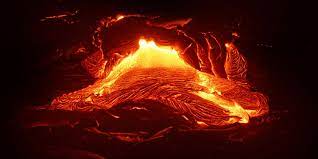Hygrometer

"Digital vs. Analog Hygrometers: Pros and Cons" A hygrometer is a scientific instrument designed to measure and monitor the relative humidity (RH) in the air or within a specific environment. Relative humidity refers to the amount of moisture present in the air compared to the maximum amount of moisture the air could hold at a given temperature, expressed as a percentage. Hygrometers are crucial tools in various fields, including meteorology, agriculture, industry, and indoor comfort control. They help us understand and manage moisture levels, which has significant implications for human health, materials, and processes. Hygrometers come in various types, each utilizing different principles to measure humidity: Psychrometric Hygrometers: These use the cooling effect of evaporation to determine humidity. Common types include wet-bulb and dry-bulb thermometers or a combination of both. Hair Hygromete...






